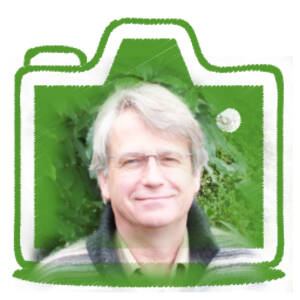Bottom dweller
Here’s my offering for Abstract Thursday, which this week has a theme of abstract shapes. Thanks for hosting Ingeborg.
Do you want to play “20 Questions?” … Animal, vegetable, mineral? … Friend or foe? …
But then ... Joff (bless him) identified the image within minutes as an abalone shell. I’ll have to work harder on the disguise next time. Now the sea snail has bolted, I have added the following background to the original Blip:
Abalone are called pāua by Māori. They are a “cultural keystone species” for many of the coastal communities in New Zealand. These are the species with key roles in the resilience, diet, knowledge transfer, identity etc. of local communities. The term was coined by Prof. Nancy Turner from the University of Victoria in Canada – a brilliant ethnobiologist who received the Order of Canada for her career of supporting First Nation’s by recognising the depth and utility of their Traditional Ecological Knowledge. Nancy gave me the abalone shell photographed here which she found on the shores of Protection Island, off the coast of Vancouver Island.
Many participants in our Te Tiaki Mahinga Kai (“Sustaining food gathering”) study of resilience and environmental management by Māori communities expresses their profound grief about the way commercial abalone harvesters have devastated the stocks of pāua in their areas. It’s a sad story repeated right round the world – outsiders with gear and no sense of place or allegiance to locals come and grab what they want for selling in distant markets – harvesters described as “Roving Bandits” in the literature. Depletion of paua impacted on more than just food sustenance for the locals – it degraded their people’s regular experience and contact with the intertidal ecosystems, reduced kinship ties (the younger people could not as easily keep their elders fed) and challenged the traditional teachings about “taking just enough for a feed” and leaving breeding adults. Ecological continuance is often just as much about social and cultural continuance as whether the food and resources can cope with harvest pressure.
For the abstract challenge, I sat the shell on top of an LED light and added a polarising filter to reduce reflection and bring out the colour. I took 80 focus-stacked frames with a 60 mm macro lens to get the depth of field.

Comments
Sign in or get an account to comment.


